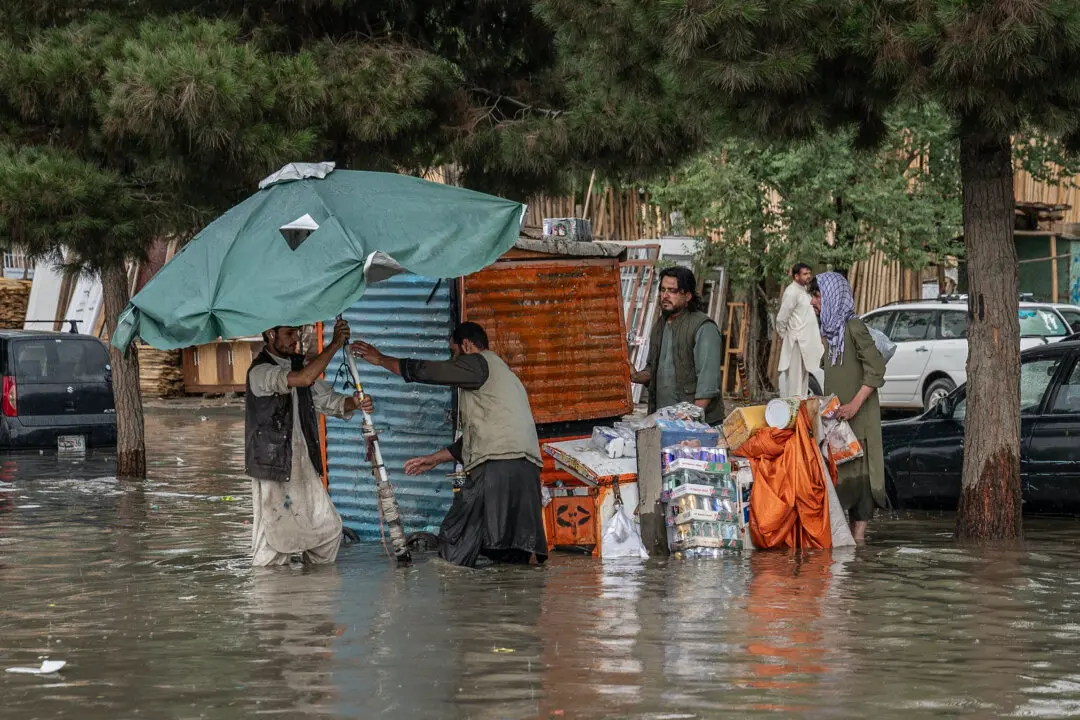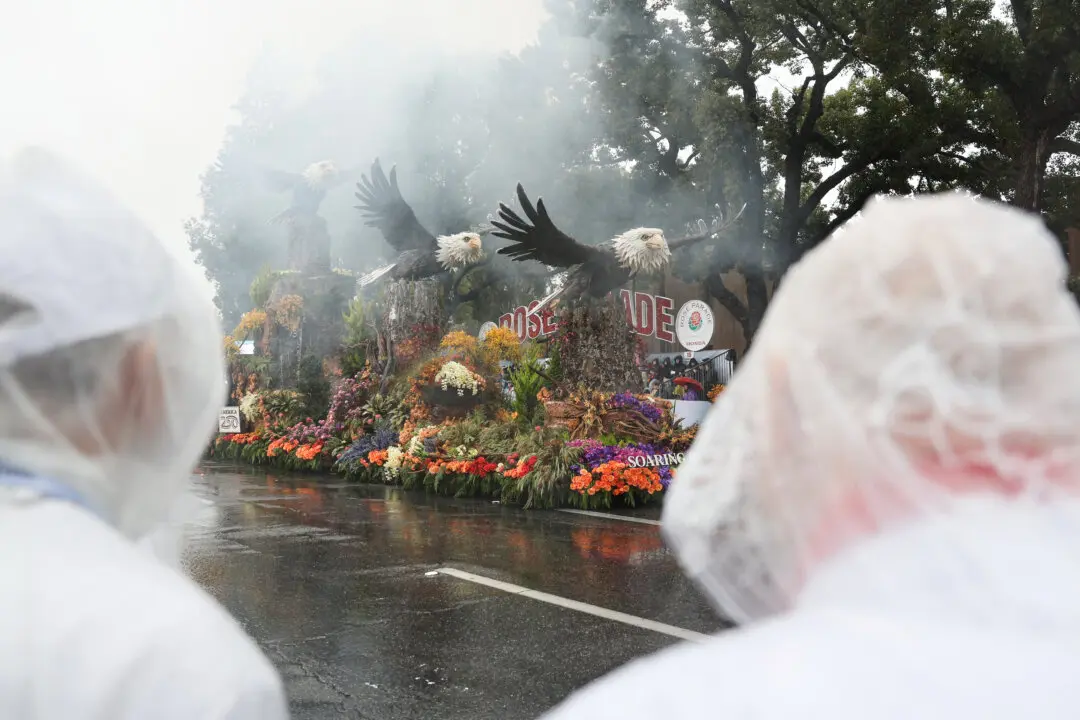SANTA BARBARA, Calif.—Sea lions are stranding themselves on a long stretch of the California coast and showing signs that they may have been poisoned by a bloom of harmful algae, experts said Aug. 1.
The Channel Islands Marine & Wildlife Institute said that since July 26, it has been inundated by daily reports of sick sea lions along 155 miles of shoreline in Santa Barbara and Ventura counties, northwest of Los Angeles.





